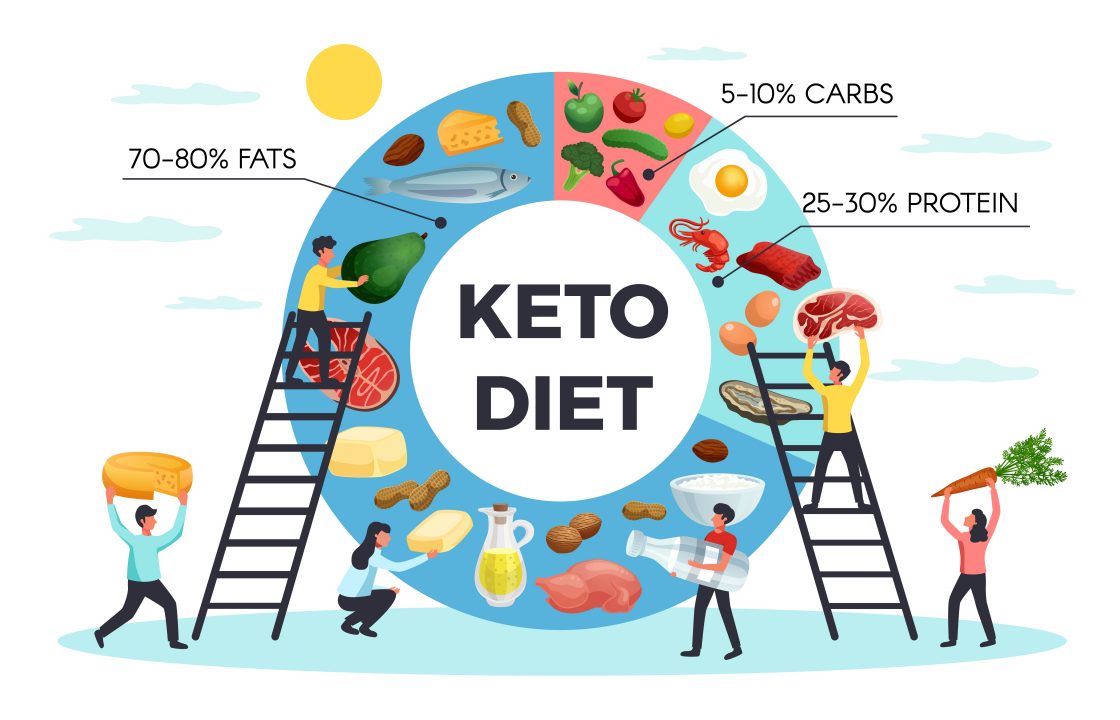Nutrition, physical activity, and cardiovascular disease
Heart disease accounts for 1 out of 4 deaths in the United States each year and costs over $207 billion per year when considering the cost of health care, medications, and lost productivity. Cardiovascular disease (CVD) is the leading cause of death across most ethnic and racial groups in the United States, with coronary artery disease (CAD), the most common type of heart disease, killing 365,000 people in 2014. Globally, CVD causes 17.3 million deaths per year. Preventive treatment that includes dietary patterns with emphasis on types of fat, physical activity, and lifestyle interventions can prevent and help treat CVD through their effects on modifiable risk factors such as hypertension, weight, and blood lipid parameters.
Omega-3 Fatty Acids
Two or more servings per week of fatty fish are associated with 30% to 45% reduced risk of death from cardiac events in the general population. This benefit is attributed to the omega-3 fatty acids eicosapentaenoic acid (EPA) and docosahexaenoic acid (DHA). Suggested mechanisms of EPA and DHA include a modest decrease in atherosclerosis, blood pressure, left ventricular mass, and heart rate with an increase in stroke volume. The Evidence Analysis Library (EAL) recommendation for omega-3 FAs for the prevention of heart disease is two 4-ounce servings of fatty fish per week. In patients with heart disease, the advice increases to two or more 4-ounce servings of fatty fish per week. The dose of 1 g/day EPA + DHA has been shown to decrease the risk of death from cardiac events in patients with heart disease.
Nuts can be recommended as a source of unsaturated fat that may help to improve dyslipidemia when used to replace saturated/trans fats. The Evidence Analysis Library (EAL) states that there is fair evidence to suggest that the consumption of 5 ounces of nuts per week is associated with reduced risk of myocardial infarction (MI), based on results from the Nurses’ Health Study.
Nut
Added Sugar
Added sugar contributes to weight gain, which is a risk factor for dyslipidemia. The AHA recommends reducing added sugar to no more than 100 calories per day for women and 150 calories per day for men. Medical nutrition therapy for dyslipidemia includes the identification and reduction of sugars and syrups that are added to foods during processing, preparation, or at the table.
Physical Activity
As a part of Medical nutrition therapy for dyslipidemia, the Evidence Analysis Library (EAL) recommends at least 2 days/week of resistance exercise and moderate-intensity physical activity for at least 30 minutes on most days of the week. The AHA/ACC guidelines for Cardiovascular disease prevention recommend physical activity 3 to 4 times per week for an average of 40 minutes at moderate to vigorous intensity. This level of physical activity can reduce low-density lipoprotein cholesterol (LDL-C) by 3 to 6 mg/dL. The AHA/ACC concludes that the entire population of the United States was physically active; the incidence of CHD could be reduced by 6%.
Nunc placerat dignissim orci, quis auctor ligula ornare non. Morbi nec augue dui. Etiam convallis dui a elit pretium tristique. Phasellus eros tortor, malesuada sed sagittis sit amet, vestibulum in sem. Vivamus elementum et est in mollis. Pellentesque pretium turpis sit amet augue facilisis porttitor. Quisque laoreet neque luctus, gravida eros sit amet, ornare sapien. Phasellus mollis mi id auctor eleifend. Aliquam erat volutpat. Quisque in elit non nisl hendrerit semper. Mauris tristique nisi vitae lacinia tincidunt.



